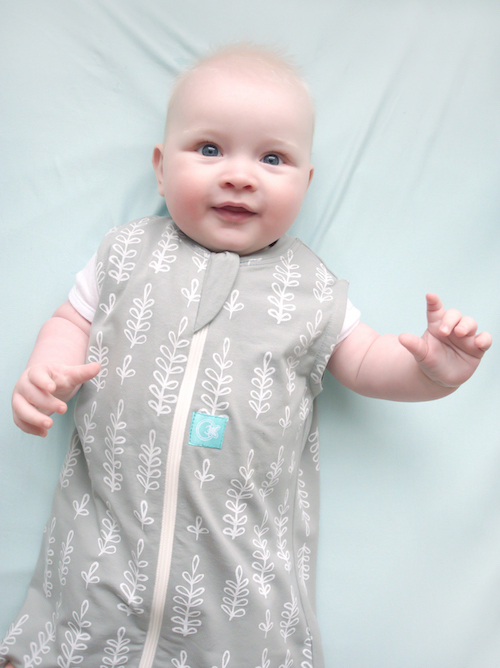If you’ve recently welcomed a new baby into your family, whether as a first-time parent or adding a sibling to your growing family, it’s such a magical occasion. Of course, as a parent, you want nothing but the best for your child. Even if caring for a baby is second nature, sometimes issues can occur.
Caring for your baby is your primary responsibility during its infancy. But what about respiratory trouble? Struggles with breathing can understandably alarm parents and alert them to wider health issues, so it’s important to know the warning signs. You might not know what to do in this understandably worrying situation, which is why taking a first aid course for infants’ common issues is a great place to start, as it will help you feel more equipped and confident.
This helpful article will share the warning signs of respiratory trouble in infants and inform parents and caregivers about what they can do to help.
Coughing or Wheezing
If your baby has a mild cough or wheeze, you can usually treat it at home. The coughing will usually clear up in a few days. See your doctor if the cough persists or if you have any concerns.
Home treatment for mild coughing and wheezing in infants includes keeping them warm, keeping their fluids up, and avoiding smoking or vaping to prevent further aggravation of the problem.
Signs & Symptoms Of Respiratory Problems In Infants
You might not know how to spot respiratory trouble in young children, as the signs and symptoms can differ from those of adults. We’ve prepared the following list to help you learn what to look out for.
Irregular or rapid breathing
Rapid breathing is more than 60 breaths each minute. If you’re not sure, use a timer to check. A baby who is overheated, upset and crying may breathe rapidly, but the rate should slow when the baby is cooled down or no longer crying. Continuously rapid breathing is a sign of a respiratory problem. Breathing that stops for longer than 20 seconds, called apnea, can be a serious issue too, and can also occur during sleep.
Flaring nostrils
An infant with trouble getting enough air in their lungs will have flaring nostrils that widen with each inhaled breath.
Chest retracting
Another sign of respiratory difficulty is retracting, which is when the baby is pulling the chest in below the breastbone, at the ribs, or above the collarbones to assist their airflow.
Grunting
This is a sound made by a baby with difficulty breathing or getting enough air. The baby will grunt to try to keep air in the lungs to help bump up the proper oxygen level. Another telling sound may be a sigh or moan when exhaling.
Blue colour
Cyanosis, or a general overall blue colouring, can be a signal that the baby is not getting enough oxygen. This is often seen in babies with congenital heart defects and respiratory problems. Blue lips are a telltale sign, too.
Coughing
Sometimes, coughing or choking can occur when a baby takes in milk too quickly. Persistent coughing or choking, though, may indicate a breathing problem or a problem with fluid digestion that your baby’s paediatrician should consider.
Fatigue
If your baby seems unusually tired, listless or fatigued, this can be a sign they are not getting enough oxygen.
Refusing food
If your baby isn’t feeding or taking a bottle when they usually would, this can also indicate respiratory difficulties, although it may be an indicator of a different issue too.

What Should You Do?
Remember to stay calm, as best as you can. As a parent, you won’t help your baby by becoming panicked, overwhelmed or agitated. Of course, you’ll be worried, but staying calm, centred and in control of the situation is key for your infant. If the above signs and symptoms are pretty minor, you could call the Nurse on Call hotline as a first step. They’ll be able to give you considered guidance, and tell you what to do next.
However, if they are severe or there are multiple symptoms, call an ambulance or drive to the nearest emergency room if there is one nearby. Your baby can then receive medical attention as soon as possible to diagnose and treat their respiratory condition.
Take a first aid course.
As a parent of an infant, you should consider taking a first aid course as a preparatory measure. This valuable learning will equip you with the skills and knowledge to care for babies when they’re injured or unwell. You’ll learn the principles of CPR for infants and how to dress and tend to wounds, burns, and other injuries. You can also learn how to treat shock, hypothermia, and other moderately severe problems that require immediate attention, as well as respiratory issues.
This is an excellent course for any new parent, grandparent, older sibling, or other caregivers like aunties, uncles and babysitters. The information will prove valuable not just for your infant but for any emergency situation, and it will ensure you know how to use what’s in your first aid kit at home effectively.
In Summary
In this helpful article, we’ve covered the warning signs of respiratory trouble in infants and what you can do about it. Knowing what you’re looking for will help you feel more in control of any potential issues, should they arise.
It can be difficult not to jump to worst-case scenarios, but with a measured approach to respiratory problems, your baby will be in the best hands. Above all, trust your instinct—as a parent, you know your child better than anyone, so if something seems wrong, don’t hesitate to seek professional medical help.









